Who Checks Online Pharmacies? Governing Bodies Explained
Ever wonder who actually makes sure that online pharmacies deliver what they promise, or if the pills they send aren’t just sugar tablets? It’s not some shadowy figure in a back room—it’s a network of strict regulators. In the United States, the pharmacy world answers to big names like the National Association of Boards of Pharmacy (NABP) and the Food and Drug Administration (FDA). The NABP runs a famous program called VIPPS (Verified Internet Pharmacy Practice Sites) which hands out a seal of approval only after a pharmacy proves it sticks to top-tier safety and privacy standards. In Canada, the practice is managed mainly by provincial bodies and Health Canada. Europe has its own patchwork. The European Medicines Agency (EMA) creates continent-wide guidelines, but each country still runs its own checks. The UK’s watchdog is the General Pharmaceutical Council. Despite all these logos and licenses, not every site calling itself a pharmacy plays by the rules. In fact, the World Health Organization estimated back in 2023 that almost 60% of online pharmacies operate without any real oversight. That’s why you see wild stories: counterfeit Viagra, wrong dosages, banned ingredients—that’s just tip of the iceberg. Even “pharmacy” web stores with slick websites sometimes slide past enforcement, especially when their servers are parked overseas. Governing bodies have learned to hunt down fakes by updating blacklists, sharing reports, and targeting sites that dodge in and out of different national domains. If a pharmacy is accredited, you should see a digital seal or registration number that’s easy to look up in public registries. Just clicking this badge should take you to the regulator’s official database entry for that site. Can’t find the seal, or it leads to some goofy error page? That’s your first warning sign. These governing groups don’t just set the rules; they team up with customs, police, and even payment companies to choke off funds to rogue operators. The rules they create cover everything—doctor’s prescriptions, pharmacist verification, protection of your private health info, drug sourcing, transit security, and the right kind of packaging. Some countries require that online pharmacies only sell to people inside their borders, while others let you order from anywhere, as long as the pharmacy plays by the book. Fake online pharmacies aren’t just a risk for sneaky customers looking for shortcuts—they’re a full-on danger to anyone’s health, since there’s no way to know what you’re swallowing if the regulators aren’t watching. You wouldn’t eat food without knowing it’s safe, so why risk your medicine? Real pharmacies have layers of checks designed to keep you healthy and out of trouble.
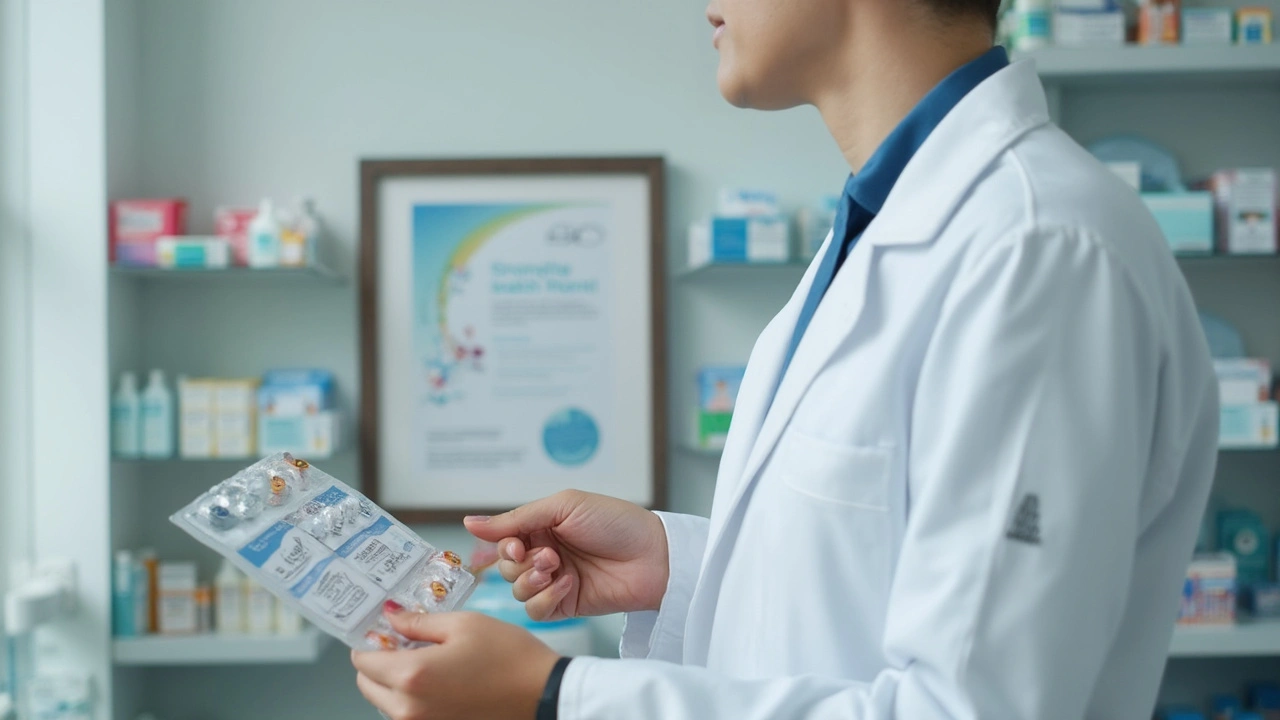
Behind the Curtain: What Really Happens During a Pharmacy Inspection?
If you’ve never seen how a pharmacy gets inspected, the process might surprise you—it’s not just a quick glance at a license on the wall. Inspections can take hours or even days and cover everything from online order forms to the temperature of storage rooms. Real inspectors will start at the digital front door: does the pharmacy require a legit prescription from a real doctor? They’ll test the order form and confirm that it actually checks for medical details, not just clicks ‘yes’ and ships out pills. Pharmacy inspection processes even dig into the website’s privacy protections. Modern inspectors run penetration tests or security reviews to make sure your health and payment info can’t leak. Next, they move behind the scenes, reviewing how drugs are sourced. Where do the medicines come from? Good pharmacies buy only from licensed wholesalers or directly from pharmaceutical manufacturers, never from unverified drop-shippers. Inspectors ask for chain-of-custody records and invoices. If the medicine came from a van across the border with no proof, that’s strike one. They also audit pharmacist credentials. It’s easy to put an “Our Team” page with smiling faces online, but inspectors demand copies of diplomas, licenses, and criminal background checks. In countries with stricter rules, like the UK, inspectors have even checked phone lines—calling up to verify that the staff really answers as licensed pharmacists who can counsel patients. Another huge focus is how medications are stored and shipped. Modern drugs can break down if they get too hot, cold, or exposed to sunlight for too long. Inspectors use digital thermometers, review transportation logs, and demand proof that no batch ever got stranded at the wrong temperature. One striking case happened in 2022, when a US mail-order pharmacy had to refund hundreds of customers because an air conditioning outage put insulin at risk for spoilage, but the inspection process exposed the breakdown long before anyone got hurt. Inspectors also walk through the financial side—how secure is payment processing? Is credit card info encrypted? Are there clear refund policies or recourse for mix-ups, like delivering the wrong pills? Lastly, they review how the pharmacy deals with recalls. Legitimate pharmacies have rapid-response systems for yanking recalled meds off the shelves and alerting customers. In one 2020 case, a Canadian web pharmacy was able to email every affected customer about a blood pressure medication recall within hours, thanks to a solid inspection-driven protocol. Even after passing, pharmacies can expect unannounced follow-ups and random audits. If inspectors spot even one shady practice (like substituting meds or faking expiration dates), they can yank accreditation instantly. The next time you see a site showing off its accreditation, realize that somebody really did peel back the curtain and make sure it was safe, step by step.
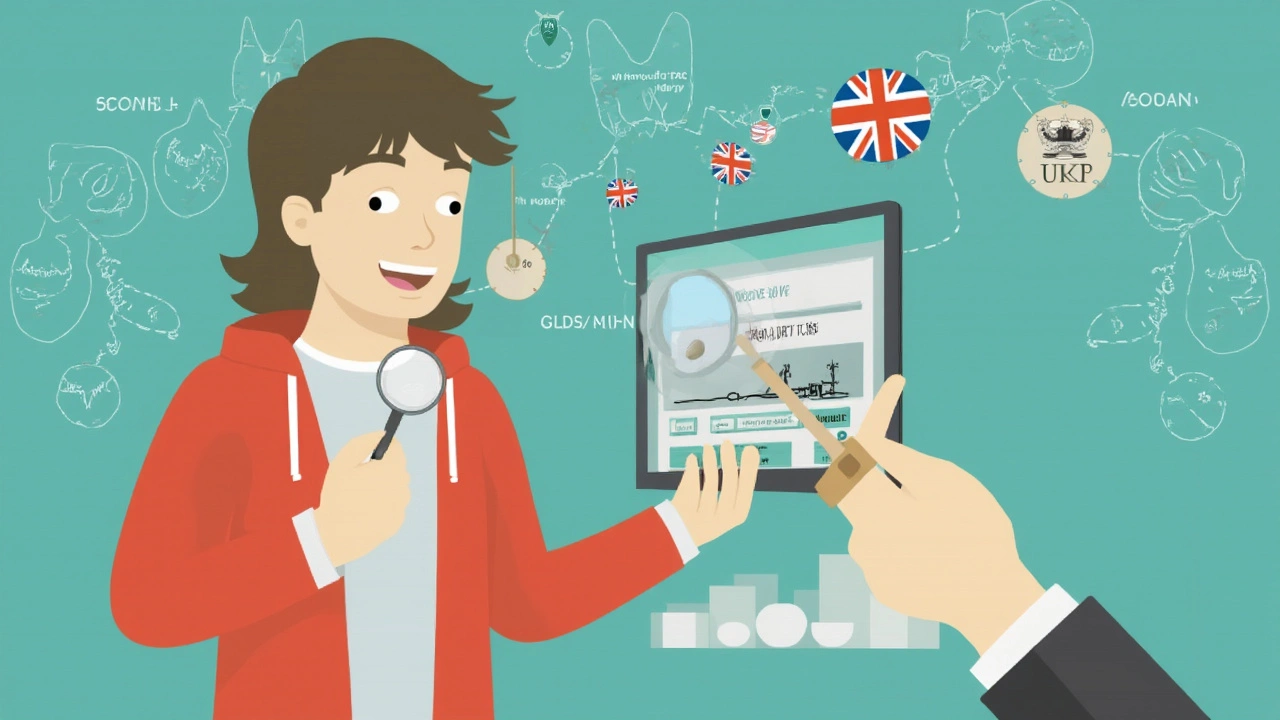
The Secret Weapon: Consumer Databases and How to Use Them
So, how can regular folks sort the legit online pharmacies from all the dangerous imitations? The secret is in free, public databases built by those same governing bodies. Instead of just trusting a shiny logo, smart shoppers can plug the pharmacy’s name or web address into official search tools and get the real story. The NABP runs a well-known pharmacy consumer database that lists every accredited online drugstore, updates it in real time, and highlights suspensions for violations. Other countries have their own searchable directories—Health Canada has both a whitelist and a blacklist. The UK’s database covers every registered digital and physical pharmacy. Anyone can search by name, web address, physical store, or even by accreditation number. On these tools, if a site shows up as ‘not found’ or ‘under review,’ stay away. Legit pharmacies love these databases—they’re proof that they passed the toughest standards. The databases get millions of visits each year. According to a 2024 NABP report, public lookups helped reduce North American pharmacy fraud by 45% in just two years. Some tools even let you report suspicious sites straight from the results, crowdsourcing fraud detection. Using consumer databases isn’t just for chronic disease patients either. Even folks buying an emergency antibiotic or a short course of meds can run a check in seconds. These databases often contain extra info: official phone numbers for customer support, physical addresses, license expiration dates, and even consumer ratings from previous buyers.
Spotting a safe pharmacy by hand isn’t always easy. Here are five quick steps to maximize safety, using the resources above:
- Look for official seals or badges from the NABP, Health Canada, the EMA, or another recognized regulator.
- Click the seal to see if it links back to an official database entry.
- Copy and paste the pharmacy’s URL into a public consumer database; check for accreditation, expiration dates, and status updates.
- Call the official phone number listed (from the database, not the website) and ask if you can speak with a pharmacist.
- If anything seems fishy—privacy lapses, loose prescription rules, unlisted sites—walk away. Never gamble with your health.
Accreditation isn’t just about rules and paperwork—it makes a real difference in reducing the risk of counterfeit or dangerous drugs. If you’re curious to learn even more, check out this guide that digs deeper into online pharmacy accreditation, with extra examples and analysis on how bad actors are caught and what makes new sites trustworthy.
The more you know about pharma watchdogs, inspection hoops, and smart use of consumer databases, the safer every prescription order gets. No one should have to second guess basic healthcare—or sweat over risky internet buys. When you shop for medicine with proper accreditation, it’s not just about ticking a box. You’re making a choice that could literally protect your life.


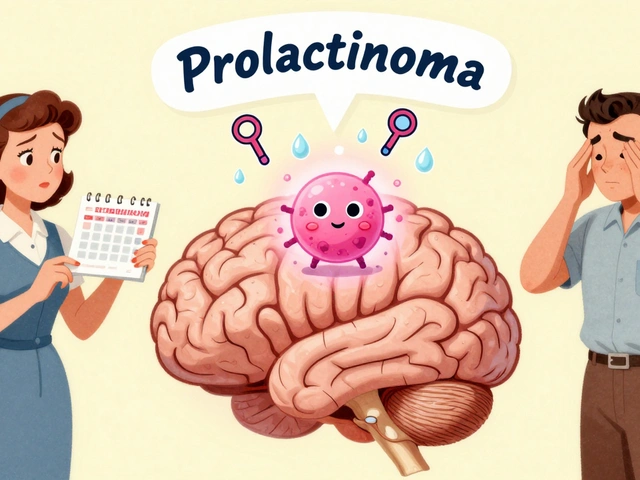

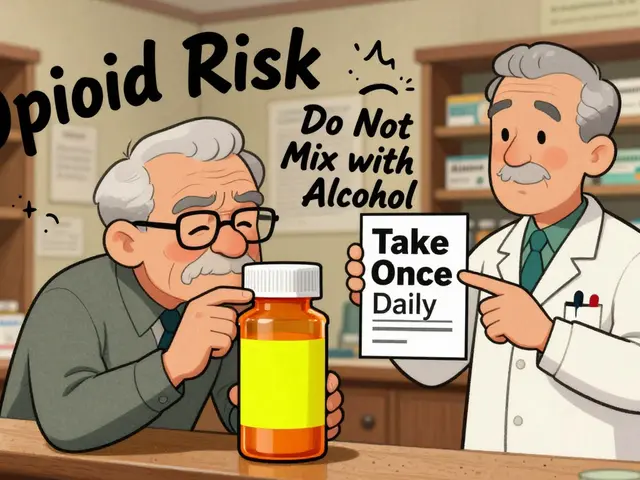
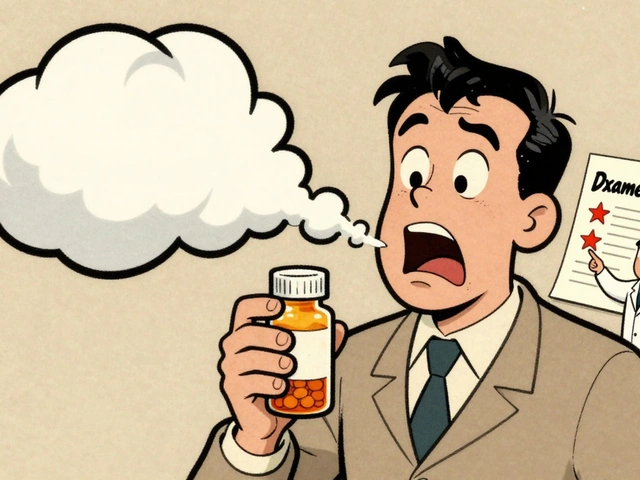
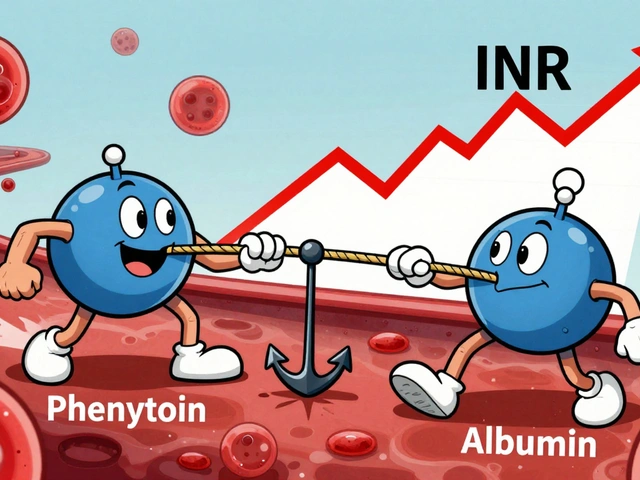

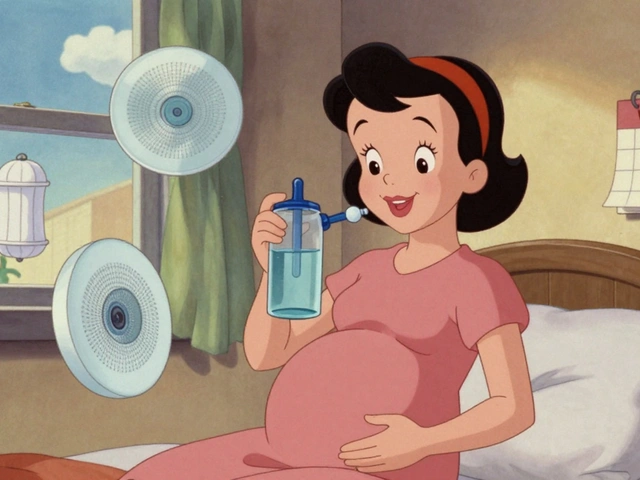
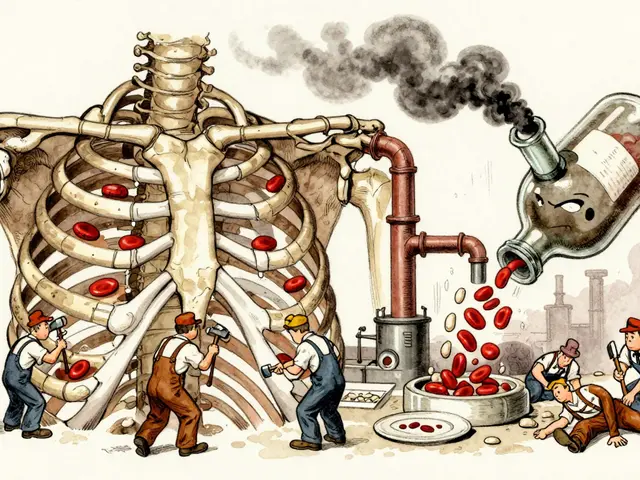
In the shadowed corridors of the internet the quest for a trusted pill becomes a tragic odyssey. Every click feels like a step across a treacherous bridge swaying over a river of counterfeit. The seals of NABP and VIPPS appear as beacons that promise safety yet they demand reverence. To trust a site without that seal is to gamble with fate and the fragile balance of health. Regulators toil in endless night, inspecting temperature logs and verifying the lineage of each capsule. Their vigilance is a silent chorus that sings of responsibility and the dignity of patients. When a pharmacy hides behind glossy graphics the truth is stripped away leaving only doubt. The databases compiled by health agencies stand as libraries of truth for the weary traveler. A single lookup can unmask a rogue vendor whose promises are as empty as a hollow drum. The world of online medicine is no longer a lawless frontier when the watchdogs raise their banners. Yet the battle persists because shadows move across borders and exploit loopholes with cunning. The lesson becomes a mantra: verify the badge, click the link, read the registry, demand proof. Those who ignore this ritual expose themselves to the poison of counterfeit and the despair of failed treatment. The drama of this struggle unfolds in each prescription delivered and each patient saved. In the end the hero is not the pharmacy but the informed consumer who walks the path with eyes wide open.
Oh great, another shiny badge promising miracles while you can't even find the real info. Guess we’ll trust the internet like we trust fortune cookies.
I recommend always cross‑checking the accreditation number on the NABP site. The lookup is quick and free. If the site fails to redirect, it’s a red flag. Also verify that the pharmacy lists a physical address that matches official records. This extra step can save you from counterfeit risks.
i cant stress enough how important the records are theres no excuse for ignoring them. the righ tway is to call the number listed and ask for a pharmacist confirmation. if they cant provide that info you should just walk away.
Man, I tried ordering some cheap pain meds last month and thought I was being smart. I skimmed the seal and didn’t even click it because I was in a rush. The site looked legit, the price was low, and I figured why not. Turns out the pills were just sugar crystals, I felt like a fool. The whole thing could have been avoided if I had taken a sec to check the database. These online pharmacies play games and you end up paying for a lesson. So yeah, don’t be lazy, do the quick lookup. It’s worth the few extra seconds.
Stay safe and keep checking those seals!